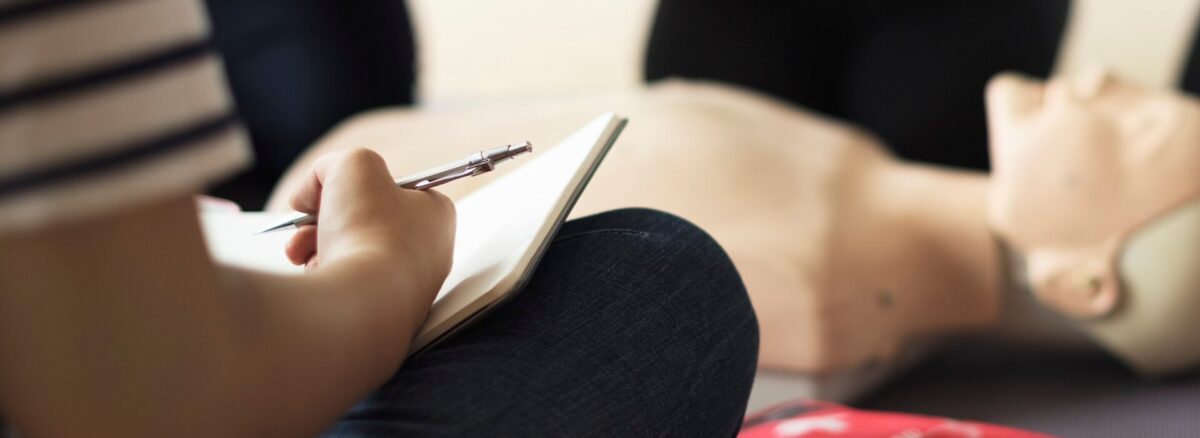It’s a terrifying situation that we hope never to encounter: a loved one, a colleague, or a stranger suddenly collapses, and their heart stopped. In such moments, knowing Cardiopulmonary Resuscitation (CPR) can make a world of difference. Recent studies have shown that Hands-Only CPR, which is performed without mouth-to-mouth breaths, can be just as effective as conventional CPR, and it’s easier to learn and perform.
In this article, we’ll guide you through the simple steps of Hands-Only CPR.
When to Use Hands-Only CPR
Hands-Only CPR is recommended for use on teens or adults whom you’ve seen suddenly collapse. If the person doesn’t respond when tapped on the shoulder and doesn’t seem to be breathing normally, these are signs to start Hands-Only CPR.
Step-by-Step Guide to Hands-Only CPR
Step 1: Call for Help
Before you begin CPR, call 911, or ask someone else to do so. Early intervention by medical professionals is key to increasing survival chances.
Step 2: Position Your Hands Correctly
Kneel beside the person who needs help. Place the heel of one hand in the center of the person’s chest. Place the other hand on top of the first, interlocking your fingers. Keep your arms straight.
Step 3: Administer Compressions
Use your body weight to administer compressions that are at least 2 inches deep and delivered at a rate of 100 to 120 compressions per minute. To maintain the right pace, you can try to compress to the beat of a song that’s around 100-120 beats per minute, like “Stayin’ Alive” by the Bee Gees.
Keep your hands on the chest, pressing down firmly and smoothly, and let the chest rise completely before pressing down again. Don’t worry if you hear cracking sounds; these could be the ribs, but remember, the goal is to keep blood flowing.
Step 4: Continue Until Help Arrives
Do not stop doing compressions until professional help arrives, the person shows signs of life, like breathing or an automated external defibrillator (AED) becomes available.
The Role of an AED
If an AED is available, it should be used as soon as possible. AEDs are designed to be user-friendly with voice prompts that guide you through the process.
Conclusion
Hands-Only CPR is a skill that can be easily learned and performed by anyone and can be a life-saver during a cardiac emergency. While the steps are straightforward, it’s essential to practice under professional guidance to ensure the right technique.
At Pulsestart CPR, we offer comprehensive training on CPR and the use of an AED. By equipping yourself with these skills, you could be the difference between life and death for someone in need. Don’t hesitate – the most dangerous thing to do is nothing. Sign up for a CPR training course today and become an everyday hero.


